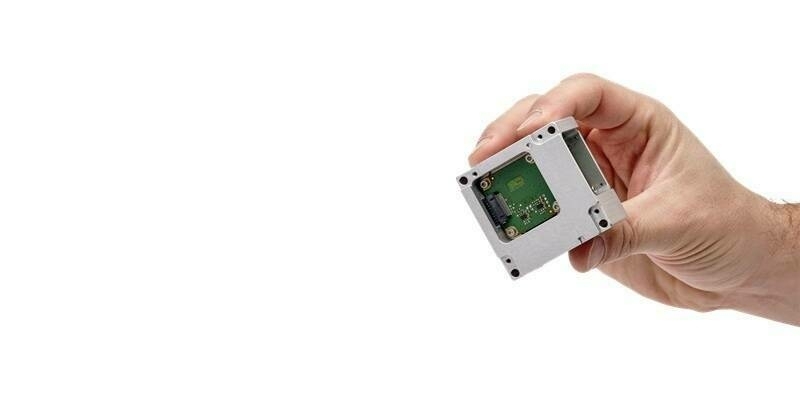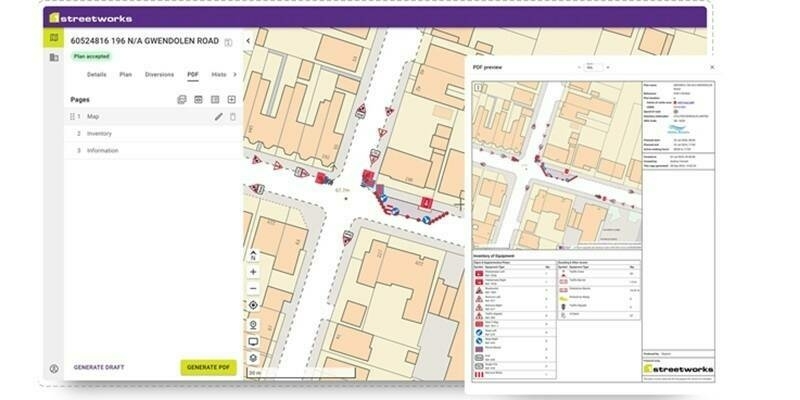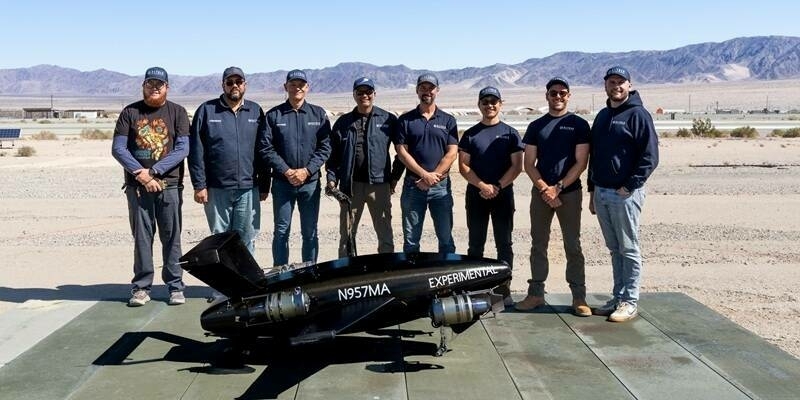Changes to OxTS’ lightweight, space-efficient GNSS/INS georeferencing solutions for survey users include reduced dimensions and more onboard storage
OxTS, experts in inertial navigation has introduced a series of updates to the xNAV and xOEM range of products. The result is greater practicality and improved functionality from OxTS’ survey-friendly GNSS-aided inertial navigation systems and lightweight GNSS/INSS board sets.
The already compact xNAV550 dual-antenna GNSS/INS has been further reduced in size and weight., It’s now even better suited to space- and weight-restricted UAV-based surveying applications that still require centimetre-level positioning and accurate roll, pitch and heading data. The xNAV550 now weighs just 395g and has been reduced in height to 43mm.
The xOEM550 dual-antenna GNSS/INS board set is also smaller and lighter than before, with a 4.9mm reduction in height (to only 30.1mm) and a reduction in weight (to 150g).
As well as reductions in size and weight, the xNAV500/xOEM500 and xNAV550/xOEM550 also benefit from reduced power consumption. This further increasing their practicality in the field. An across-the-board saving of 0.5W brings the xNAV500/xOEM500 down to 6.5W and the xNAV550/xOEM550 to 9W.
Furthermore, onboard storage capacity has been increased for all products, to 32GB.
Additional functionality to xNAV and xOEM
- includes ethernet logging of UDP data streams from external sensors, like LiDAR (supporting up to four simultaneous stream logs);
- ethernet output of NMEA data (for external sensor synchronisation); and
- external PPS compatibility. The xOEM products have also been upgraded to feature three serial ports on the board set and offer RS485 support.
All units now have completely field-upgradable firmware and are future-ready thanks to a new ARM CPU that current only uses about 15% of its processing capability during standard use of the INS. This spare processing capacity allows for additional features to be added later without the need for a hardware upgrade.
Subscribe to our newsletter
Stay updated on the latest technology, innovation product arrivals and exciting offers to your inbox.
Newsletter

